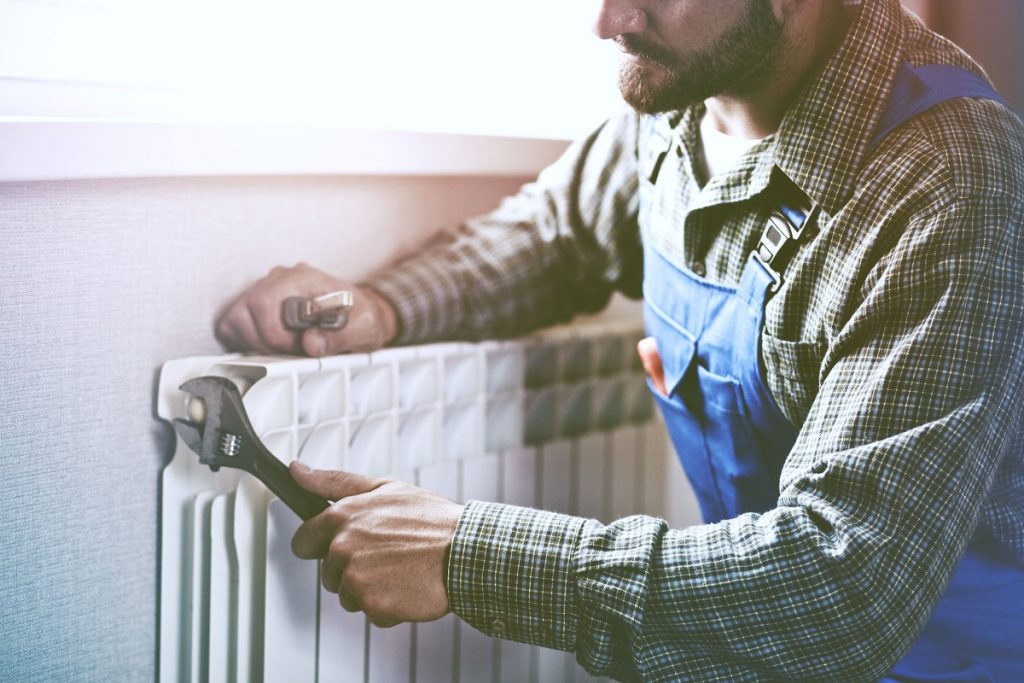- Prefabricated homes and tiny houses offer affordable, customizable, and efficient solutions for cost-effective home building.
- Repurposing existing buildings and constructing residential pole homes add unique character and affordability.
- Using green building materials such as bamboo, recycled materials, straw bales, and hempcrete can save money and reduce the environmental footprint.
- Sweat equity, or investing personal time and effort in construction, can drastically cut labor costs and enhance personal satisfaction.
Building a home is a dream for many homeowners, but can be costly and daunting. However, did you know you can build a house on your property without breaking the bank? With the right ideas and strategies, building a home on your property can be affordable and efficient. This blog will explore cost-effective ideas to help you build your dream home without compromising your budget.
Prefabricated Homes
Prefabricated homes, also known as prefab homes, are becoming increasingly popular in the home construction industry. These homes are built in a controlled factory environment, transported, and assembled on your property.
Prefab homes are affordable, efficient, and customizable and can be completed in a shorter time than traditional homes. If you are looking for a cost-effective home-building option, prefabricated homes are worth considering.
Tiny Houses
Tiny houses have gained a lot of attention in recent years, and for good reason. These tiny homes are affordable, sustainable, and can be customized to fit your needs. Tiny homes are typically built on a trailer, which makes them mobile and versatile. A tiny house can be the perfect solution if you have a small property or a limited budget. Not only are they cost-effective, but they also require less energy and resources to maintain.
Repurposed Buildings
If you have an old barn or shed on your property, consider repurposing it into a new home. Repurposed buildings can be transformed into beautiful and unique homes with a little creativity and effort.
Not only is repurposing a cost-effective option, but it also adds character and charm to your property. You can also incorporate eco-friendly features into your repurposed home, such as solar panels and rainwater harvesting systems.
Residential Pole Homes
If you’re looking for a home that stands out from the rest, consider a residential pole home. Pole homes are built using large wooden poles as the foundation and support structure of the building.
These homes typically feature open-plan living areas and come in a variety of designs to fit your needs. Pole homes can be an affordable option, and they are also environmentally friendly, as they use fewer materials than traditional homes.
Green Building Materials

One way to save money on home construction is by using green building materials. These materials are cost-effective, sustainable, and can be used in a variety of homebuilding projects. Here are four of the most popular green building materials:
Bamboo
Bamboo is an incredibly resilient and durable material that can be used for floors, walls, and ceilings. It is also a renewable resource and doesn’t require a lot of energy to produce.
Recycled materials
You can find recycled materials such as wood, metal, concrete, stone, and glass at many local construction sites and salvage yards. These materials are often cheaper than new materials, and they also help reduce the amount of waste in landfills.
Straw bales
Straw bales are an excellent option for building insulation as they are recyclable, non-toxic, energy-efficient, and relatively inexpensive. They can be used to insulate walls, floors, and roofs to help reduce energy costs.
Hempcrete
Hempcrete is a type of material made from hemp that can be used in place of concrete or brick. It is highly durable, fire-resistant, and environmentally friendly. It also has excellent insulation properties, which can help reduce energy costs.
With these materials, you can build a cost-effective and sustainable home. Plus, you will be helping to reduce your environmental footprint!
Sweat Equity

Sweat equity means putting your own time and effort into building your home. This can include excavation, landscaping, and even some construction work yourself. While sweat equity may require significant time and effort, it can save you thousands of dollars in labor costs. Additionally, working in your own home can be a rewarding experience that gives you a sense of accomplishment.
Building a home on your property doesn’t always have to be an expensive endeavor. You can employ various cost-effective strategies, such as opting for prefabricated or tiny homes, repurposing existing buildings, constructing residential pole homes, using sustainable building materials, or investing your time and effort through sweat equity.
These methods allow you to save significantly on construction costs and contribute towards sustainability and environmental conservation. So, if you’ve always wanted to build your own home but were deterred by the potential costs, reconsider your options, and you might just make your dream home a reality within your budget.

